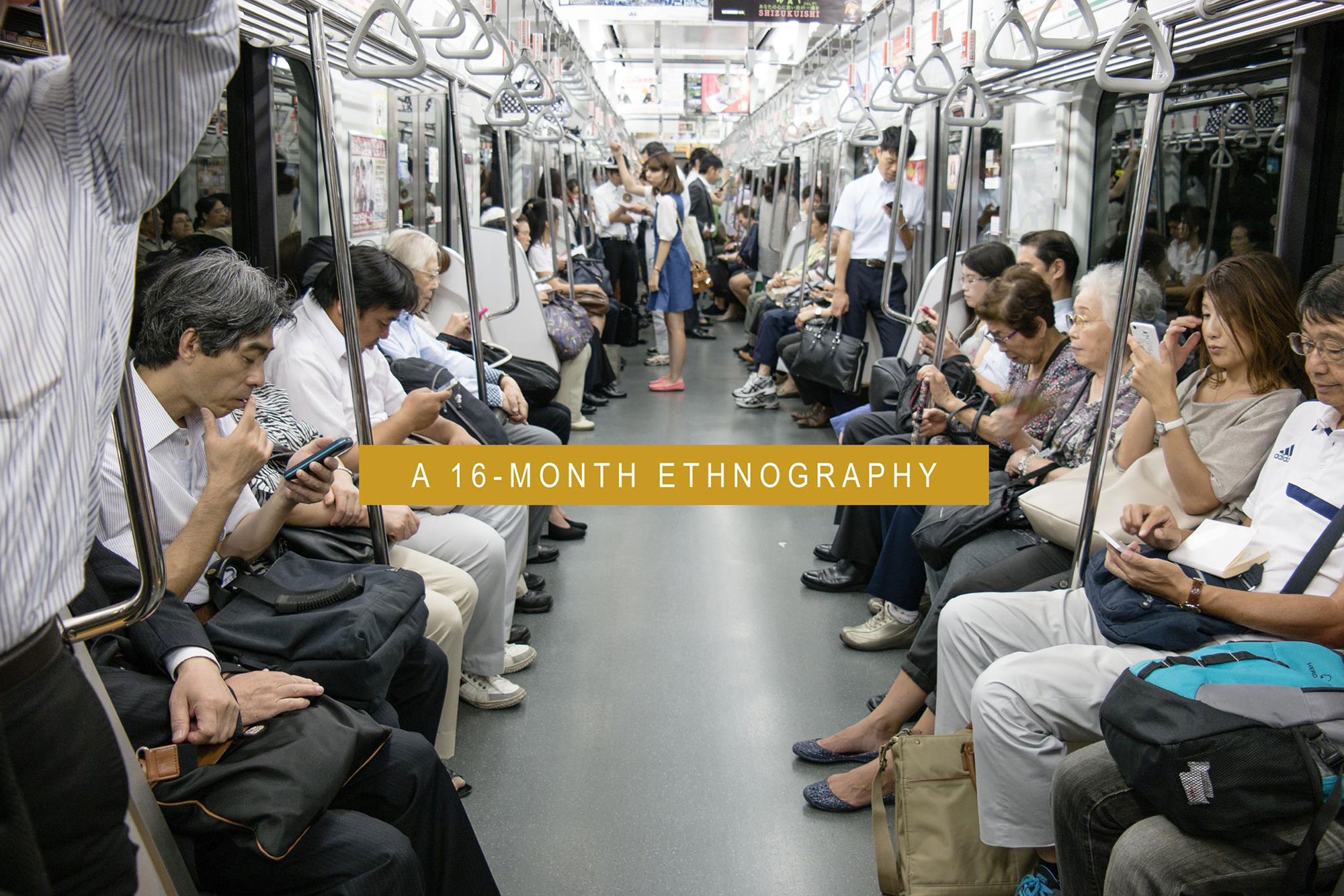Social networks of mobile money in Kenya

Social networks of mobile money in Kenya
Sibel Kusimba, Harpieth Chaggar, Elizabeth Gross, & Gabriel Kunyu
Institute for Money, Technology and Financial Inclusion
University of California, Irvine
With mobile money technologies, people use mobile phones to send money to friends and relatives, connect to bank accounts, and make payments. This research examines the role of mobile money in Kenyans’ social and economic networks. Research reported was conducted in Bungoma and Trans-Nzoia Counties in Kenya, and among Kenyans living in Chicago, Illinois in the summer of 2012.
Although mobile money services are often described as a form of “banking,†most users in Western Kenya use mobile money as a social and economic tool through which they create relationships by sending money and airtime gifts. A wide range of mobile money uses includes social gifting, assisting friends and relatives, organizing savings groups, and contributing to ceremonies and rituals.
Even though mobile money was designed for person-to-person transfers, its practices are best understood as created by collectivities and groups. In savings groups, groups of siblings and other relatives, and communities who contribute to ceremonies, users “save with others†through the entrustment of value to kin and friends and create new groups and communities based around the “floating world†of mobile technology. Individuals balance their social and economic capital in order to create marginal gains and mediate the conflicts created between social obligations and personal economic betterment. Ties to and through mothers are prominent in social networks of mobile money flows. Matrilineal kinship ties are a means of sharing or circulating money among those marginalized from access to other resources and forms of value.



